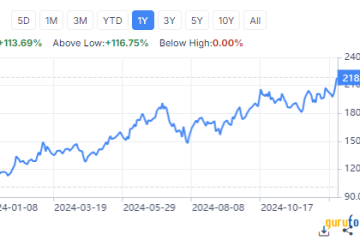Understanding the Role of Swag in Canadian Business

Introduction
In recent years, the term ‘swag’ has transcended its original connotations of casual gifts and promotional swag bags, evolving into a pivotal element in marketing and branding strategies for Canadian businesses. Swag items, which include everything from branded apparel to eco-friendly products, are gaining traction as companies seek innovative ways to engage customers and enhance brand visibility. This article explores the significance of swag in the current Canadian market, outlining how businesses leverage it to create meaningful connections with their audiences.
The Current Landscape of Swag
According to a report from the Promotional Products Association of Canada (PPAC), 79% of people can recall the branding on a promotional product they received in the past two years. This statistic illustrates that swag not only has memory retention but also impacts the perception of the brand. In Canada, businesses from various sectors are investing in high-quality swag to foster loyalty and drive word-of-mouth recommendations.
Events and Innovations
The surge in remote work due to the COVID-19 pandemic prompted many companies to rethink their swag strategy. Virtual events have emerged as a popular platform for distributing swag digitally or to remote employees, with e-gift cards and promotional codes becoming common practices. Furthermore, companies are increasingly focusing on eco-friendly swag options, such as reusable bags, bamboo utensils, and sustainable apparel, in response to heightened environmental consciousness among consumers.
Notable examples include Techfest, which hosts virtual networking events where companies distribute curated swag boxes to attendees. This not only enhances the virtual experience but also serves as a reminder of the brand long after the event has ended.
Future Trends
Looking ahead, the significance of swag in branding will likely continue to grow. Businesses are expected to prioritize personalized swag, tailoring items to fit the interests and preferences of their target audience. Moreover, technological advancements such as augmented reality (AR) may also play a role in creating interactive swag experiences that engage consumers on a new level. For instance, QR codes on swag items can lead recipients to customized content or offers, bridging the gap between physical products and digital engagement.
Conclusion
In summary, swag has evolved into an essential tool for businesses in Canada looking to enhance their marketing strategies and develop loyal customer bases. By investing in quality and sustainable swag options, companies not only boost their visibility but also demonstrate their commitment to values that resonate with their audience. As the landscape continues to change, those who adapt their swag strategies effectively will likely find greater success in engaging and retaining customers.









